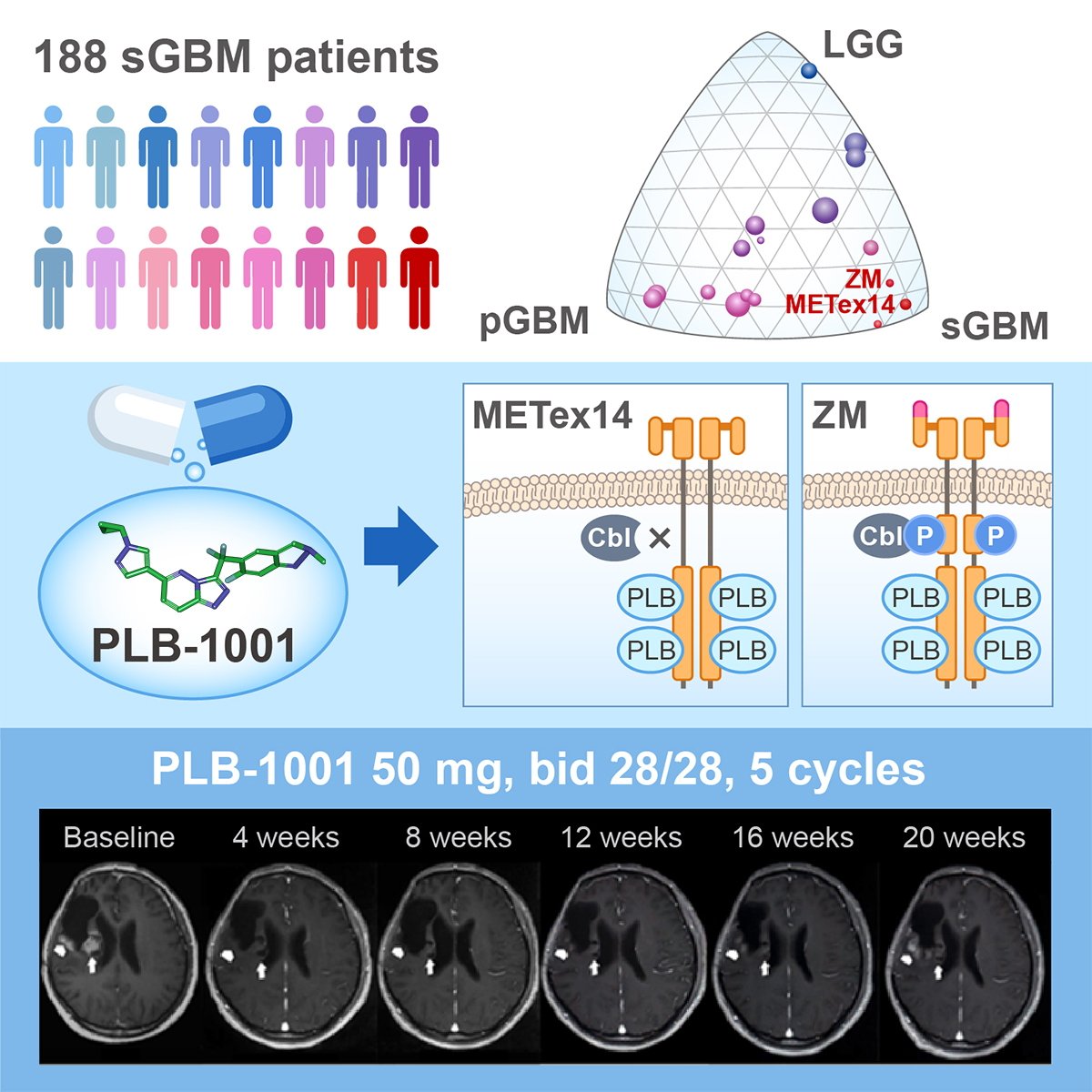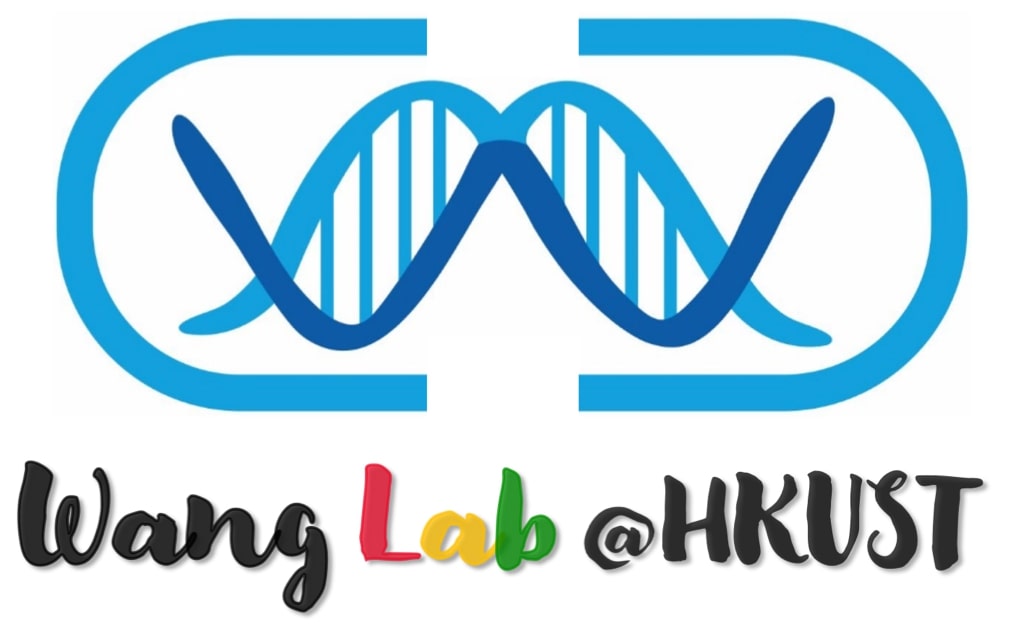Cancer Evolution
Recent progression of cancer genome projects has uncovered the mutational landscapes of many cancers, but how cancer cell evolves with and without therapy is still unclear. Scientists believe one major reason of treatment failure is the temporal-spatial dynamics of cancer cells. Actually, cancer cells are constantly evolving, with different groups of cells accumulating distinctive mutations. As the search for more effective cancer diagnostics and therapies continues, remained key questions include a) how to interpret intratumor heterogeneity (ITH); b) how to understand the tumors change over time and how to predict the impact of ITH on tumor progression; and c) how to disentangle the order in which mutations occur. Being able to predict how a tumor will behave based on signs seen early in the course of disease could enable the development of new diagnostics that could better inform treatment planning.
Precision Medicine
Traditional cancer treatment includes surgery,chemotherapy and radiation therapy. Different from conventional chemotherapy that tends to destroy all rapidly dividing cells, targeted therapy aims at cells characterized by particular markers. For example, Imatinib targets BCR-ABL positive chronic myeloid leukemia; Crizotinib targets Alk-fussion lung cancer; Vemurafenib targets B-Raf mutant melanoma, etc. Although optimally managed, many cancers might relapse, and scientists believe the treatment failure is related to both inter- and intra- genomic/phenotypic heterogeneity of cancer cells. To reveal the complexity of cancer development and progression, and to identify novel targetable cancer alterations for personalized medicine, we will aim to (1) mine Large Cohorts of sequencing data to Identify Novel Driving Events; (2) Relate Personal Genomes to Tailored Treatment using machine learning methods.

Noncoding Genome
The human genome project has shown that only a small fraction (<2%) of human genome can be transcribed into mRNA that is further translated into protein, and the vast majority of the mammalian genome might express non-coding RNA (ncRNA). Although a number of long non-coding RNAs (lncRNAs) have been recently shown to play significant roles in the regulation of gene expression or protein activity in critical signaling pathways, the total number of ncRNAs and the fraction of functional ncRNAs within the mammalian genome are still mysteries. We are constructing computational algorithms and pipelines to assemble and quantify lncRNAs from transcriptomic data and elucidate their roles in cancer evolution, drug resistance, chromatin organization and genomic instability.







